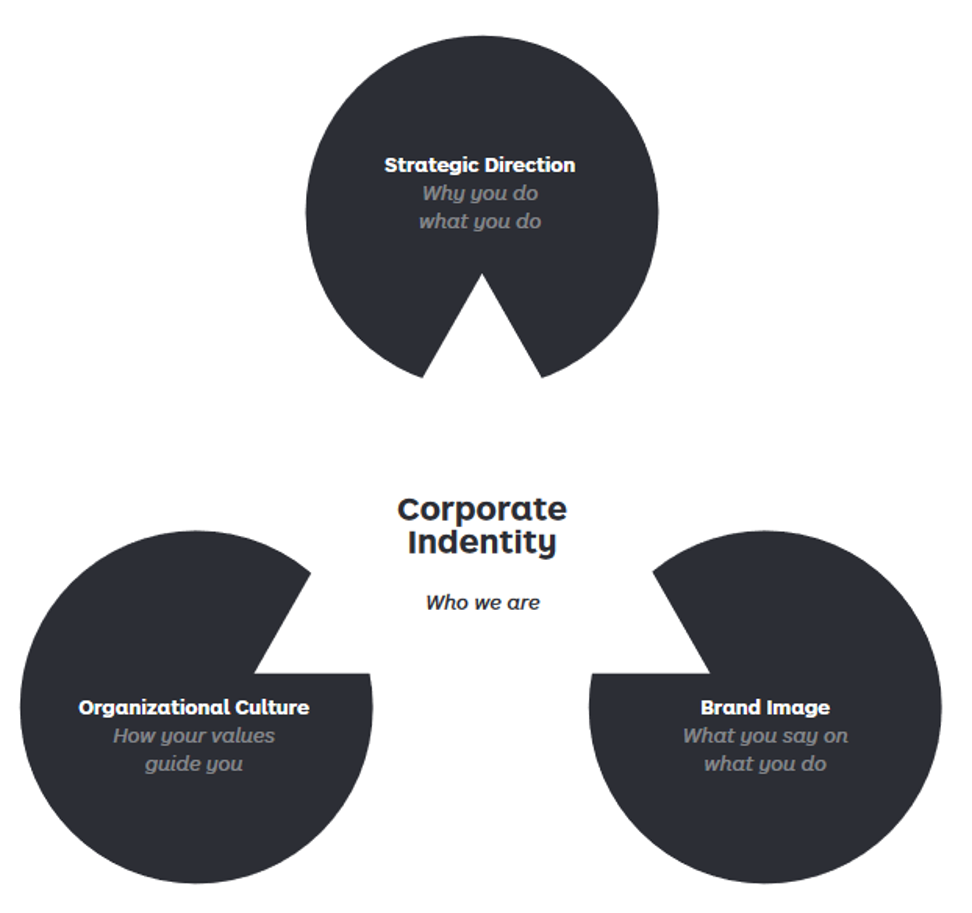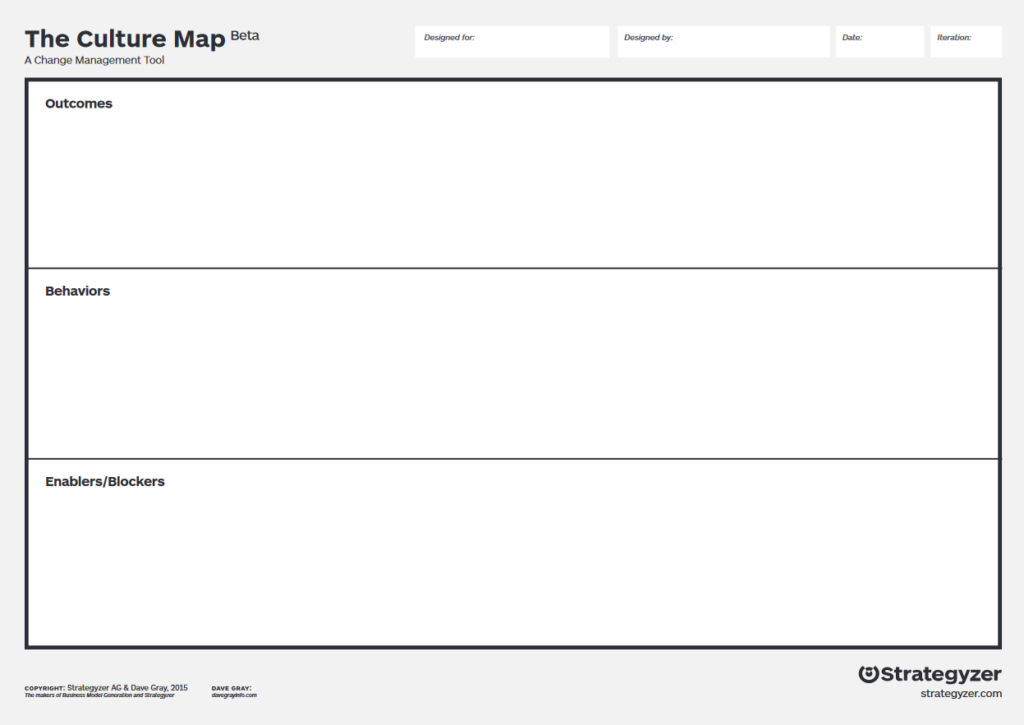WHY does your company exist? What contribution do the company and its employees make to society? Every company should ask itself this question and use the answer in its daily work. In this article we discuss how to use the WHY of a company for internal processes. In summary, you can connect and motivate the team, give team members or employees a tool to make independent qualified decisions and strengthen the company culture. Start with WHY in your company or team and get independent and motivated employees. The WHY is not difficult to find, but has a great effect in the company and externally.
Inhaltsverzeichnis
Why does our company exist?
Why does our company or our team exist? Why do we do what we do? What do we make possible in our environment and in society with our business activity? These are the questions addressed by Simon Sinek’s famous concept: Start with WHY. This concept is not about WHAT we do or HOW we do something, but WHY we do it. Marketing professionals may now list the benefits of the products and services for the customers or explain the value proposition. But from experience, the WHY of a company is often surprisingly far removed from the actual product or service the company offers. And on the other hand, companies that objectively offer similar products or services often have a very different WHY.
The WHY is part of the corporate identity and strengthens the sense of community. WHY we exist and WHY we go to work every morning has a great radiance through the whole company and it supports many processes. If you want to know how to find the WHY, I have written a separate article – for individuals or teams and companies (link to the article).
Why should we ask ourselves what we are doing for society?
What fulfils us in the long run is what we do for others, not for ourselves. Buying a shirt may make you happy for a moment, but the intensity of that happiness fades over time, often along with the colour from frequent washing. Making a meaningful contribution to society remains exciting and motivating. Do you also have something you do for other people that keeps you excited?
In my view, the WHY of a company is part of the corporate identity or expression of the corporate culture according to the figure above. Unlike most other strategic tools such as mission, vision, goals, values, etc., the WHY is not an aspirational or future-oriented goal. (see figure above), however, the WHY is not an aspirational or future-oriented goal. The WHY has already been demonstrated in the past and is often shaped in the early history of a company. For this reason, we also look at stories and experiences from the company’s past when we discover the WHY together.
But the WHY has its value in the future. It is a lever that can influence the behaviour of team members. And yet it is much more practical and tangible than the future-oriented goals, because you can just link it to examples in the past, experience it every day and communicate it with stories. For this reason, in my view, it is at least as important as mission, vision, etc. It is important that this origin story is lived and kept alive. Only then does it unfold its effect.
How can we use the WHY internally in the company?
Connect and motivate team members
Start with WHY in a group to connect the people. Have you also experienced how a very clear task, a project completed in partnership or any other success of the team leads to a good motivated mood? Team members feel proud, feel part of a successful group and see their contribution to the meaningful or successful goal. A shared contribution or achievement unites and it is the same with WHY. Start with WHY in every team and every project and the goal of the team will automatically be to bring more of this valuable inspirational contribution to society. It will be clear to the team why they are here and what they are working for. This leads to a motivation to make a personal contribution.
Increase autonomy of employees to make clear decisions
With an explicitly formulated WHY of a company or team, one can improve the autonomy of the employees in their daily work. Thus, an explicitly formulated WHY serves as a directional signpost and guardrail for staff behaviour or decisions, similar to the mission (corporate purpose or goal) mentioned above. Teams cannot function well if the members cannot make good independent decisions because they do not know the strategic direction. The WHY serves very specifically as a filter in everyday decisions or the evaluation of alternatives at different levels (blog post).
Which of the options discussed better supports our WHY?
It will be easier to make decisions and follow up on decisions if you know your WHY. However, it is important to integrate the knowledge or the WHY into daily procedures and processes, checklists or meetings: When can the WHY be used as a decision filter and how do we achieve this? In which questions does it make sense?
Strategic orientation of the company
In a separate post, I discuss how corporate identity or WHY can be used in the strategy process to unlock innovation, optimisation, new products, services or business areas (blog post).
Influencing corporate culture
The WHY is first of all an expression of the corporate culture. But conversely, it can of course also be used to influence or improve the culture if the WHY is explicitly formulated and applied. Because with time and the development of companies, it often happens that an originally healthy, positive and supportive culture is forgotten or goes astray. I like to work with the Strategyzer Culture Map (figure below, link) to make the culture of a company visible. Corporate culture is something central to the function of a company; it influences the behaviour of the employees and thus the business activity in all its details. But culture is unfortunately also difficult to grasp and is therefore not often analysed and shaped. The Culture Map is a great tool to understand the dependency between the observed results (Outcomes), the behaviour of the employees that produces these results (Behaviour) and the underlying factors (Enablers and Blockers) that promote or block this behaviour. With this simple tool, the interrelationships can be presented more systematically and understood more easily. In the end, it also serves to create the foundations that promote the desired behaviour of the employees and bring about the corresponding results.
The WHY of a company is by definition positive and for this reason is one of the enablers or positive factors that influence employee behaviour. It is therefore very useful to discover and communicate this WHY. In this way, one can use the positive influence on the behaviour of the employees.
Long-term success with WHY
A good starting point is to find the WHY of the company (evores supports you in this). Different teams in (larger) companies often have different cultures, which are reflected in a different way of working together, a different sense of community, mutual support, different atmosphere in the rooms or perhaps doing more together besides work, etc. For all these groups there is a separate WHY and depending on the company it can also make sense to do a separate workshop for special teams.
As is so often the case, WHY does not automatically bring long-term success. With the WHY statement, the main thing is to keep the topic in the conversation and to use it on an ongoing basis. Because in terms of its characteristics, the WHY is a type of knowledge that is lost if it is not used (article Knowledge transfer in the company). How the WHY can be used on an ongoing basis depends very much on the company and the established processes and is ultimately also a question of taste and creativity. A good starting point is to regularly find success stories related to the WHY of the company and share them in different ways so that it serves as motivation and inspiration on an ongoing basis.
evores supports you and your team on the whole journey, from discovering the WHY in a group, to applying the culture map, to strategies on how to ensure the long-term success of the corporate identity.
Further information and sources
Book Invincible Company: Osterwalder, Alex, Pigneur, Y., Etiemble, F., & Smith, A. (2020). The Invincible Company. Strategyzer.com.
Buch Find your WHY: Sinek, S., Mead, D., & Docker, P. (2002). Find Your Why. A practical guide for discovering purpose for you and your team. Penguin Portfolio.
On the author

Claudio Lehmann is founder and consultant at evores. As an engineer and management consultant, he is fully committed to making the existing potential in companies visible and utilising it. Long-term sustainability starts with motivated employees and goes through efficient collaboration to the innovative strategy of companies that bring value to society. People. Planet. Profit.
Get in contact with me!
Article keywords

